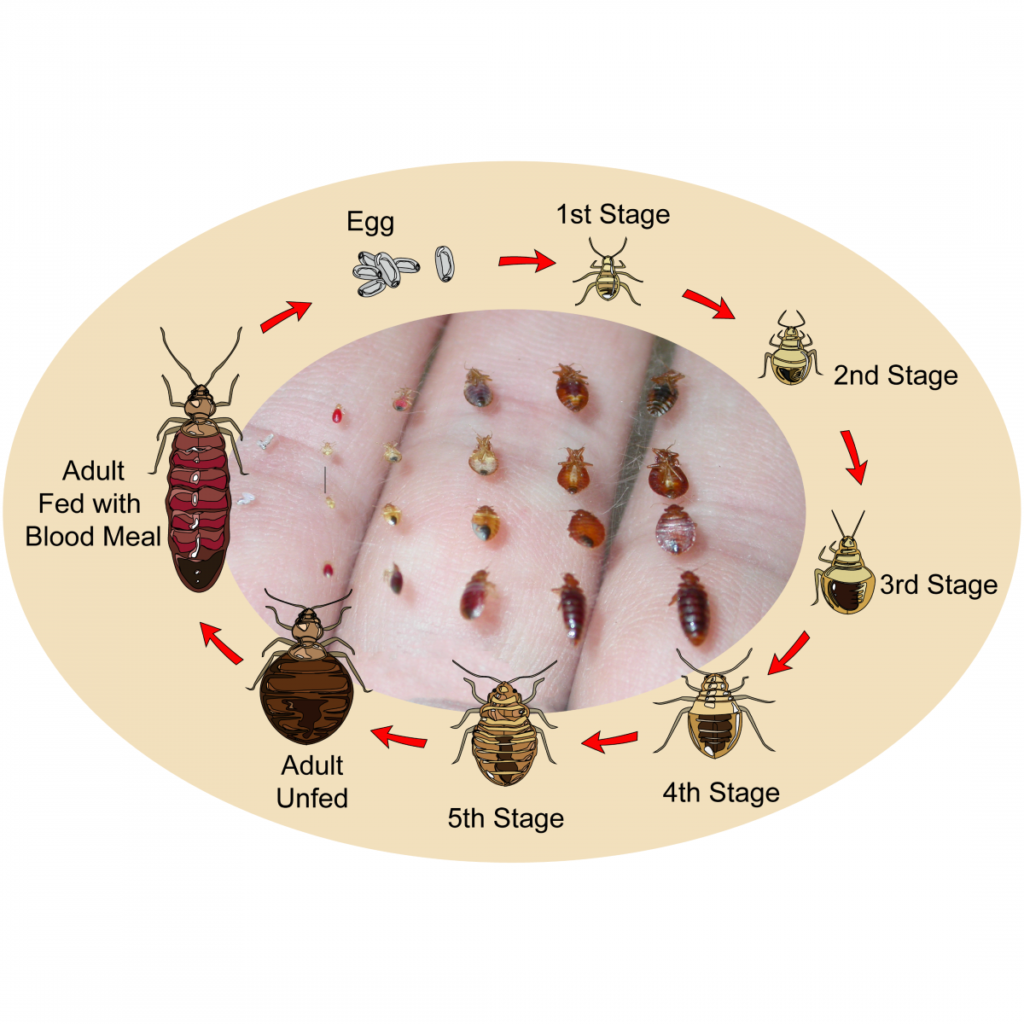The Greatest Guide To Bed Bug Services
Some Known Factual Statements About Bed Bug Services
Table of ContentsThe Best Strategy To Use For Bed Bug ServicesThe 9-Minute Rule for Bed Bug ServicesThe 45-Second Trick For Bed Bug ServicesSome Ideas on Bed Bug Services You Need To Know
A thorough bed bug inspection by experts is a meticulous process and requires specialized knowledge. Bed bugs are tiny, quick, and skilled at concealing themselves that hide in narrow spaces, corners, and upholstery. Because of their hidden habits, a thorough inspection is essential to determine the presence and extent of an infestation. Professional inspectors rely on specialized equipment, systematic procedures, and experience to identify infestations early, reducing the risk of escalation.The first step in any professional inspection involves familiarizing oneself with the biology of bed bugs. Bed bugs belong to the Hemiptera group and progress through eggs, several nymphs, and adult stages. Adults are typically small, oval-shaped, reddish-brown, wingless, and equipped with long legs and antennae. Their segmented proboscis allows them to pierce the skin and feed on blood, resulting in clusters of itchy bites. Knowing these traits enables detection of likely areas for bed bug activity.
Early detection is essential for effective management. Professionals look for specific indicators such as dark spots of fecal matter, molted skins, and eggs (Bed Bug Services). A single female can lay hundreds of eggs, leading to rapid infestations if unchecked. Evidence of shed exoskeletons or leftover eggs indicates active infestation and requires prompt inspection
Preparing for an inspection demands meticulous preparation. Inspectors often recommend clearing clutter from treatment areas, which improves access to furniture and baseboards. Bedding and linens may be treated with heat before inspection, and then kept in plastic bags to maintain cleanliness. Wall decor, mirrors, and pictures may need to be removed to check hiding places. Vacuuming furniture and floors helps clean up stray insects, and vacuum bags should be discarded carefully to avoid spreading.
Examine This Report about Bed Bug Services
The inspection itself is systematic and thorough. Inspectors focus on sleeping areas like beds, headboards, and mattresses, looking closely at creases, joints, and navigate here folds. Upholstered furniture, including sofas and recliners, is scrutinized to reveal any hidden my link pests. Baseboards, moldings, the edges of wall-to-wall carpeting, electrical outlets, closets, and storage areas receive detailed attention, as these can be key areas for infestation.
Specialized tools enhance detection accuracy. Flashlights, magnifying lenses, multi-tools, and mirrors help inspect hard-to-see areas. Monitoring devices like interceptor traps or sticky pads aid in identifying infestation trends. Some companies bring in canine teams, which accurately identify active infestations, distinguishing them from non-active traces.

Meticulous documentation is essential. Inspectors record the locations of evidence, severity of infestation, and treatment recommendations. This provides a reference for follow-ups and facilitates discussion with residents. Residents are often advised not to remove blood-stained sheets or vacuum infested areas, as this prevents loss of critical information.
After inspection, a monitoring plan may be recommended to follow wikipedia reference up on findings. Continuous monitoring detects reinfestation, and interviews with household members provides additional insight. Cooperation from residents enhances detection.
The Main Principles Of Bed Bug Services

Professional inspections are more reliable than self-inspections. Trained inspectors recognize early evidence of bed bugs, avoid unnecessary treatments, and confirm the situation accurately.
Bed bug inspections are particularly important in high-risk environments. Inspectors assess all connected areas to identify potential spread (Bed Bug Services). This stops further spread
In summary, a professional bed bug inspection involves understanding bed bug biology, preparing the space, conducting systematic inspections, using specialized tools, documenting findings, and implementing monitoring protocols. Each step contributes to accurate detection, effective treatment planning, and long-term prevention.
More About Bed Bug Services
